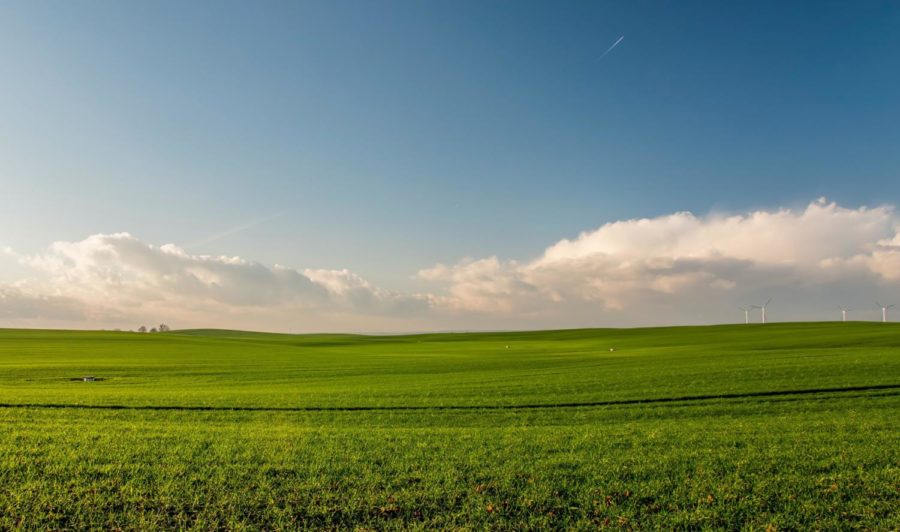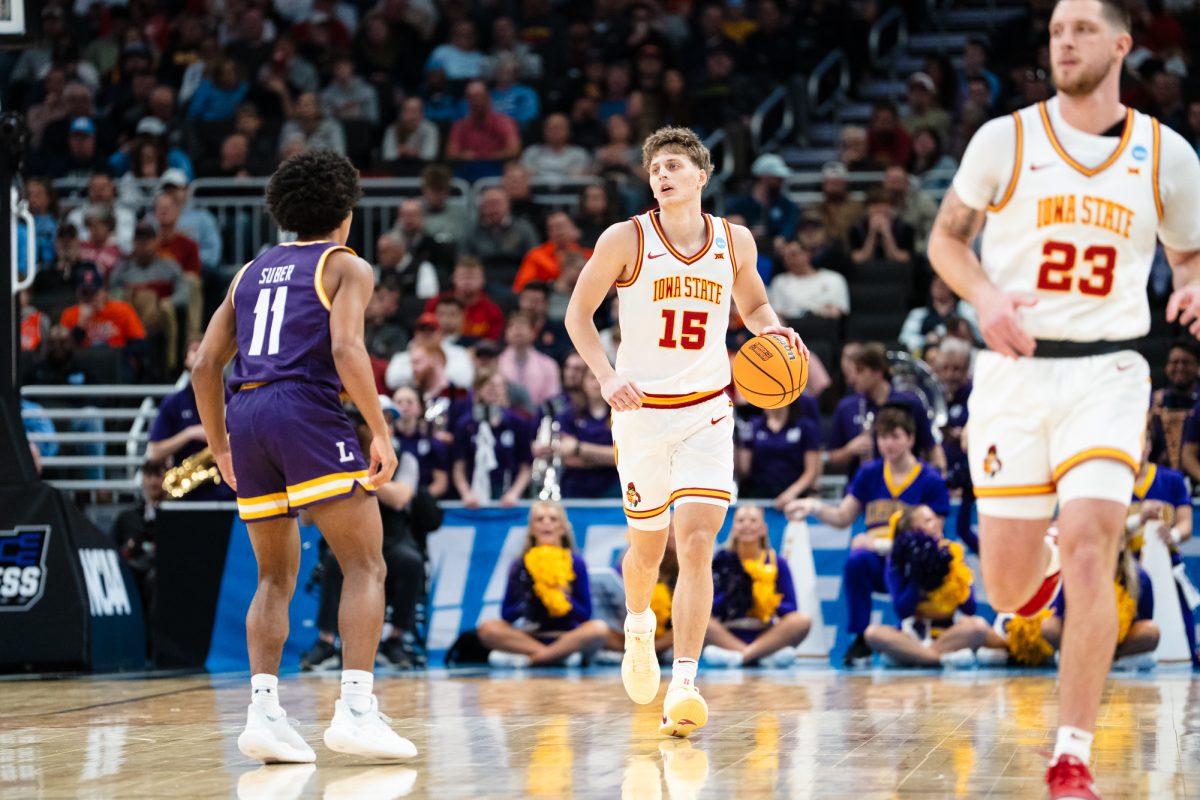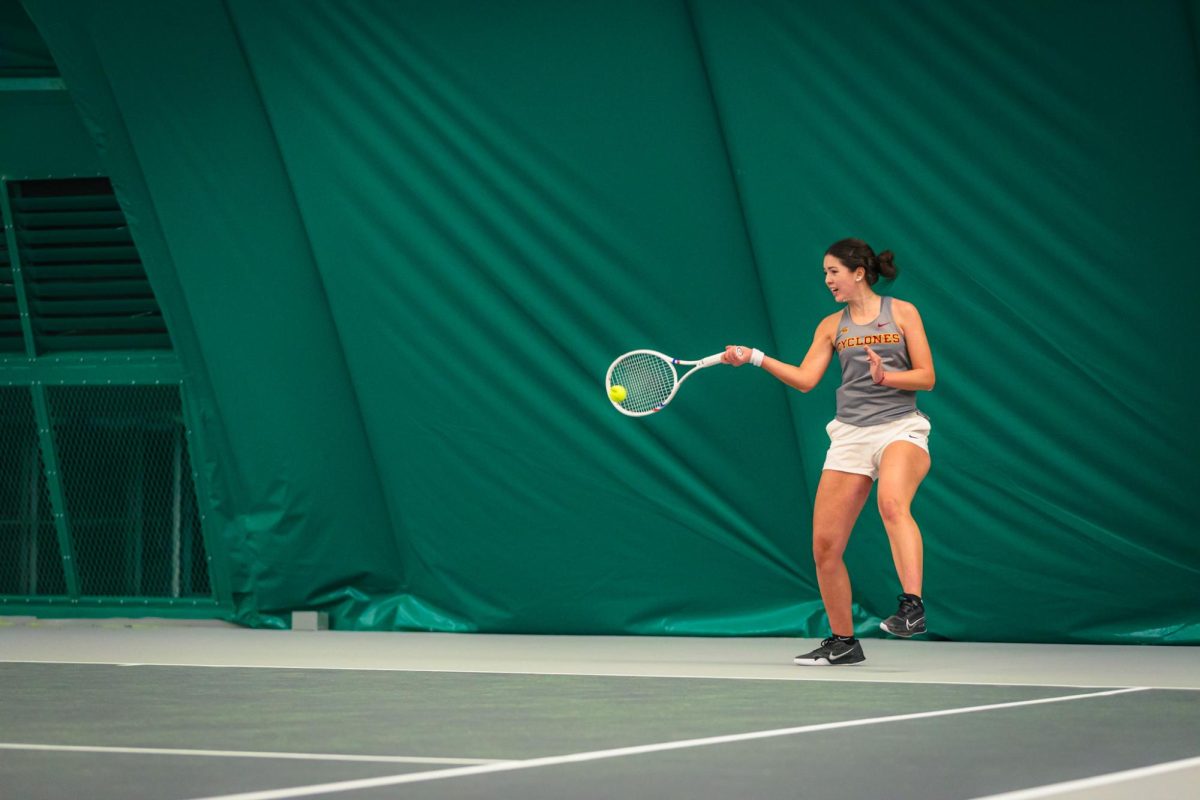Schmitt: Land, a limited asset to young farmers
October 15, 2021
This year marked a milestone for Bill Gates, as he became the top farmland owner in 2021, scooping up a whopping 269,000 acres in the last decade. Now, Gates is not the leading landowner in the United States; John Malone, Ted Turner and Stan Kroenke, three billionaires, own more than one million acres each.
Farmland has become an increasingly popular investment for those that have the money. But one thing is missing from the equation of investment: Farmers.
Land is an ever-increasing asset that is becoming more and more difficult for new and beginning farmers to get their hands on.
Average cropland values have risen about 42 percent since 2007, according to USDA data. That doesn’t account for the record farmland purchases in Iowa, where 80 acres sold for $26,000 per acre.
About three years ago, I was told by a co-worker while working back home that if only he knew what the price of farmland would do 20 years ago, he would have invested right away. I agree with that statement. While I don’t plan on farming 2,000 acres in the future, having the ability to care for some land is better than none.
But that is more of a problem for young people that want to get into farming and have no prior experience but are willing to take on the investment.
In the agricultural community, we stress that the average age of farmers in the U.S. is about 65, according to recent census data. For youth wanting to get into farming, it is becoming less feasible.
A handy tool for young and beginning farmers to use when getting into farming is available loan programs through the Farm Service Agency (FSA).
Federal programs were established to help beginning and young farmers achieve their goals in starting their operations. Two-thirds of farmland will need a new farmer over the next 25 years as older farmers retire. The USDA and FSA have programs that give out loans specifically to new farmers to meet this need, offering them loan incentives, low-interest rates and payment flexibility.
Despite these programs, farmers are still getting left behind. Over a century ago, part of the “American dream” was finding a place to homestead and become a steward of the land. While sustainability is becoming an increasingly important focus in food production, individuals who genuinely care about the soil underneath them can’t get their hands on it.
Additionally, urbanization has cut into America’s farmland, which also drives up prices. Studies show that the U.S. loses 2,000 acres of farmland every day to urban development.
Therefore, not only are current and future farmers competing with private investors, they are racing against urbanization that impedes of the beauty of American pastures and ranges, which pushes the little guy out.
For me, I have deep respect for young people that still take on that investment to make something out of the earth.
America needs new, innovative farmers, not giant land investors that claim they are scooping up gobs of land for the sake of the environment.







